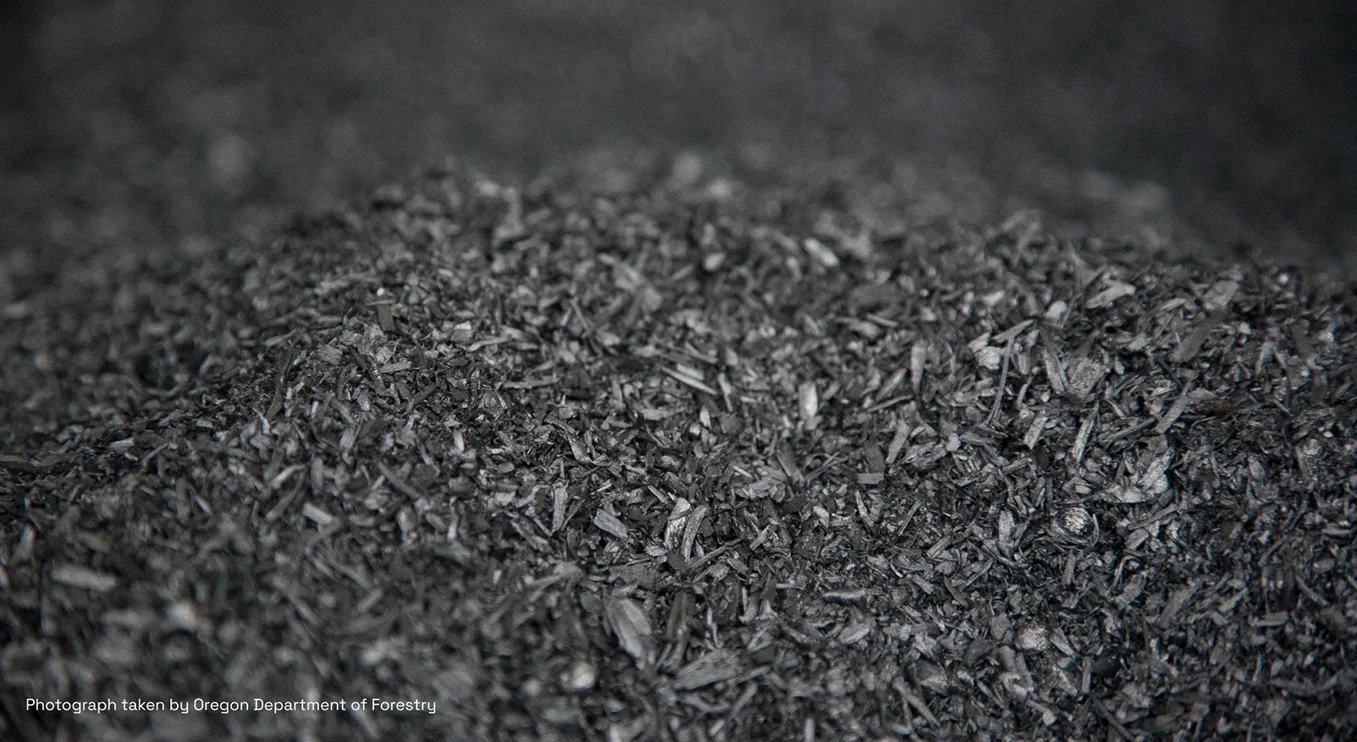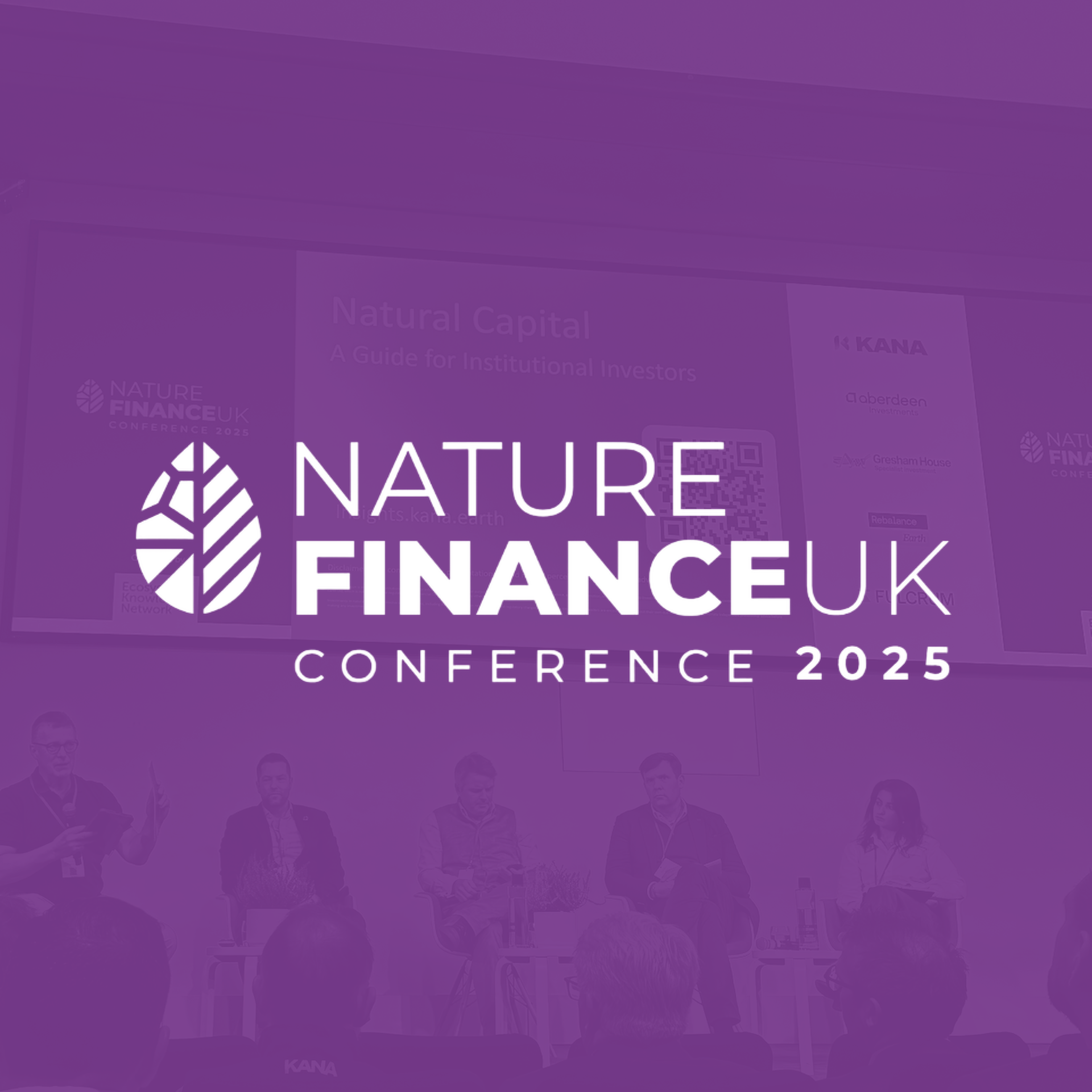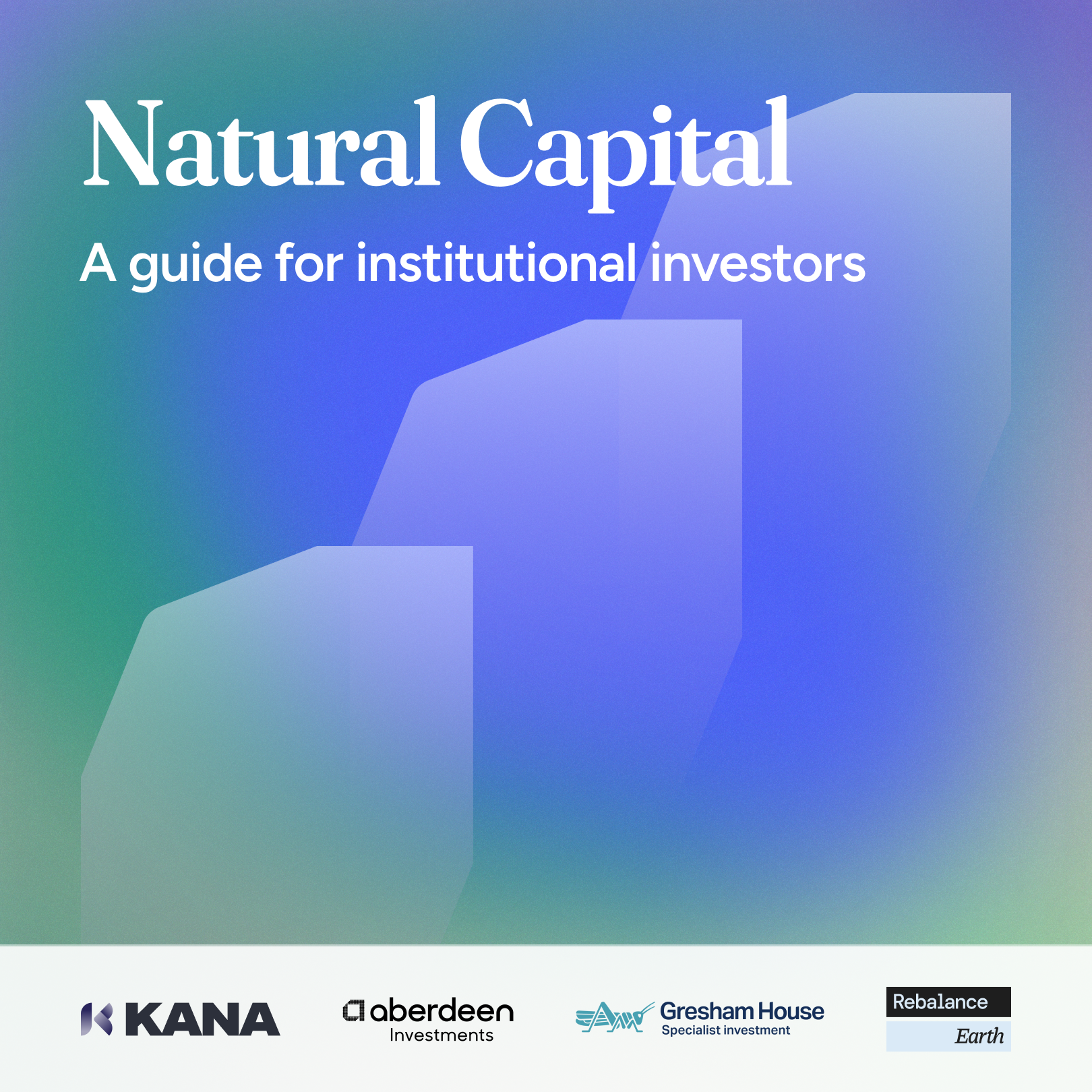Article
12 nature-based solutions to help fight climate change
We take a look at the different project types that make up UK Nature Carbon, and what each of them entails
15 October 2022
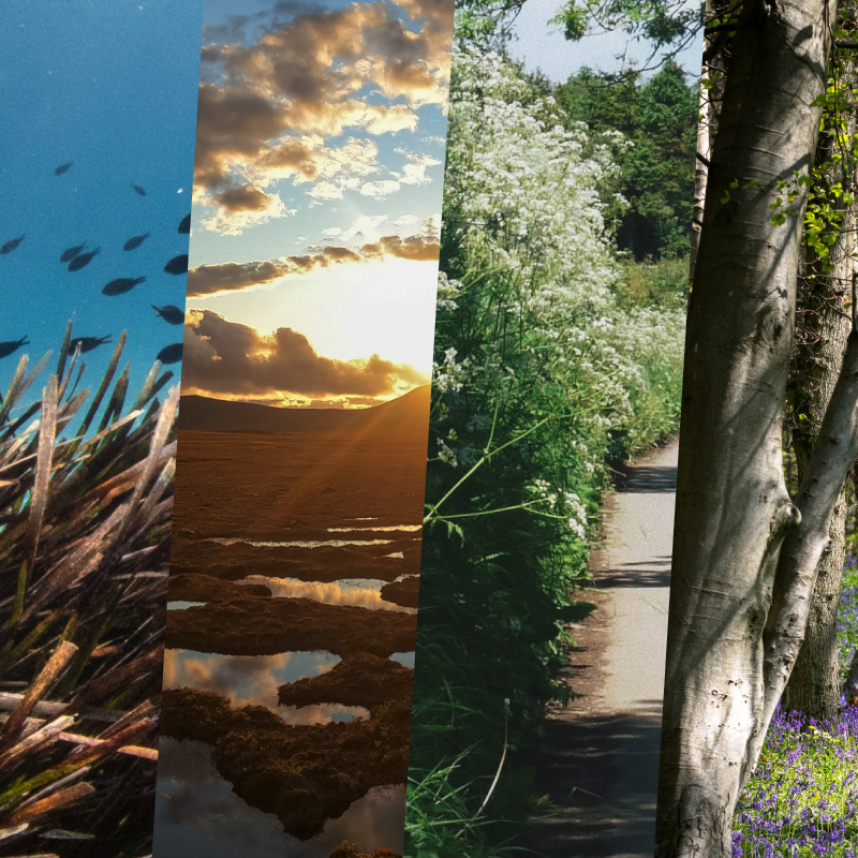
Organisations and individuals seeking to offset their greenhouse gas (GHG) emissions can take different routes. One option is to invest in technologies with the potential to reduce emissions – renewable energy projects, energy efficiency and storage solutions, or waste management advances perhaps. However, nature- based projects offer an increasingly popular alternative – not least because of the broad range of benefits they offer. Nature-based carbon projects are those that protect, maintain and restore the natural ecosystems of the earth, on both land and at sea.
These ecosystems play a huge role in absorbing and storing greenhouse gases such as carbon dioxide (CO2), so supporting them through offset projects is an effective way to mitigate climate change risk. They could provide as much as 40% of the climate mitigation efforts required until 2030 according to scientists.
In addition, nature-based solutions offer wider benefits too. They can support biodiversity, provide an economic boost to the local community, and make a positive difference to human wellbeing.
Moreover, there is a much wider variety of these nature-based projects than most people realise. Planting trees – reforestation – is certainly one option, but there are many more. At Kana, we divide the nature-based projects we track into four groups and 12 sub-sectors.

Green projects above the ground
These are the nature-based solutions most people think of first, often centred on preventing deforestation or promoting reforestation. And while we talk about them as taking place above the ground, they also have below-ground benefits too, supporting and improving soil health. Examples include
Woodland projects Improving tree coverage (both its extent and its diversity) can help us capture and store CO2, support biodiversity and prevent soil erosion, among other benefits.
Hedgerow Planting hedgerows provides more capacity to capture CO2, while providing habitats and corridors for wildlife.
Rewilding This provides further potential for carbon capture and storage, and makes our natural environment more liveable for all.
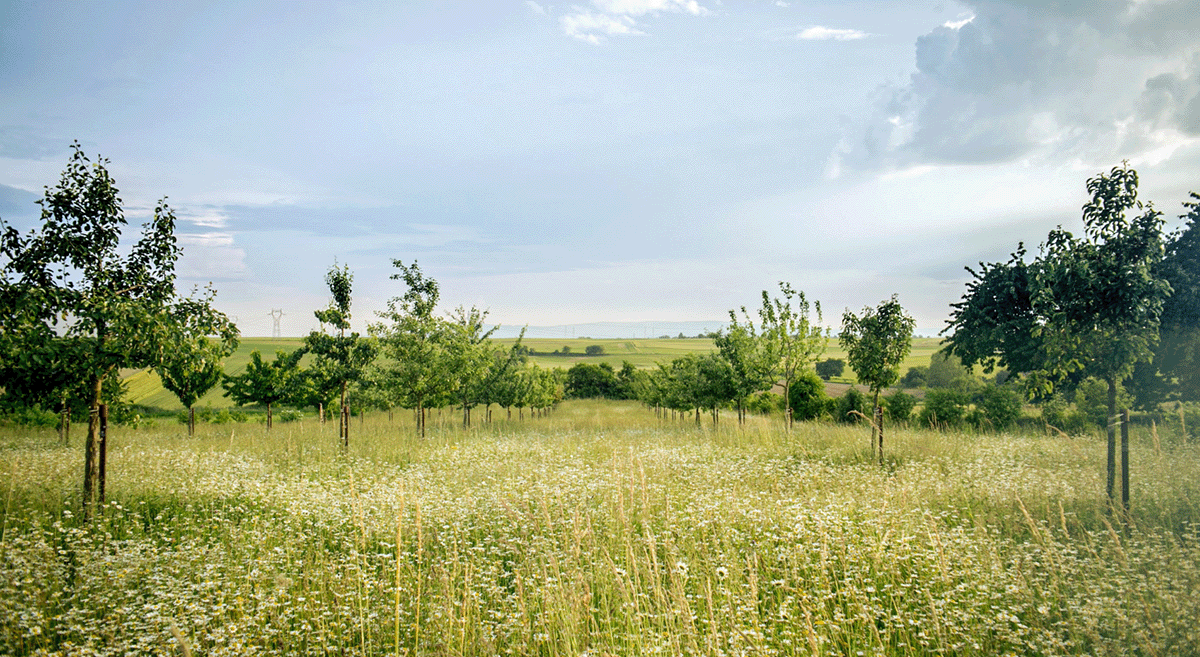
Brown projects below the ground
Peatland Peatland is one of the world’s most naturally-effective carbon sinks; high-quality peatland can also improve water quality.
Soil Healthy soil provides the world’s largest store of terrestrial carbon.
Bio-energy Recently-living organic materials known as biomass, can be used to produce transportation fuels, heat, electricity, and products.

Blue projects at sea and in wetlands
Seagrass Living in shallow, sheltered areas along the coast, seagrass captures carbon up to 35 times faster than tropical rainforests and absorbs 10% of the ocean’s carbon each year.
Saltmarsh The vegetation that grows in saltmarshes captures and stores carbon, but this natural asset also supports wildlife and provides us with sea defences.
Wetland Protecting wetlands can provide carbon sinks while securing and regulating water supplies, and protecting communities and infrastructure from floods, soil erosion and landslides.

Grey projects in manufacturing
Enhanced weathering This is an artificial process that mimics the way that bicarbonate is formed through rain that falls to the ground having absorbed CO2 from the atmosphere; as this bicarbonate washes into the ocean, the carbon is locked into the sea floor.
Biochar The waste material left over crop harvest can be baked to convert it to a form of charcoal called biochar; this process locks much of the plant’s carbon into a solid form that doesn’t easily decompose. When added back to croplands, some types of biochar can also improve soil health.
Cattle feed additives Some 1.8 million dairy cows in the UK omit 2.3 tonnes of methane gas each year, but feed additives can reduce those emissions by a third.
